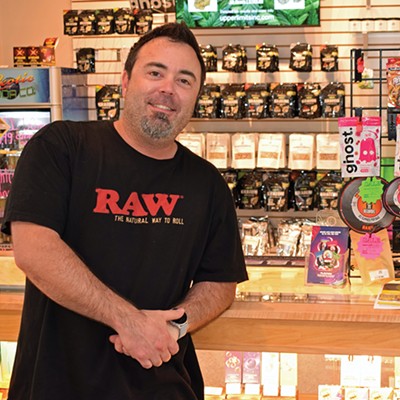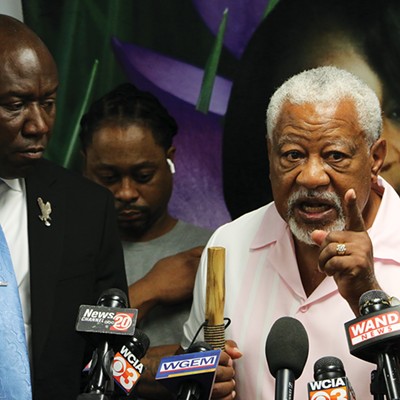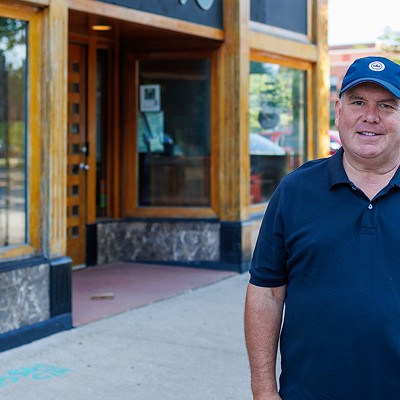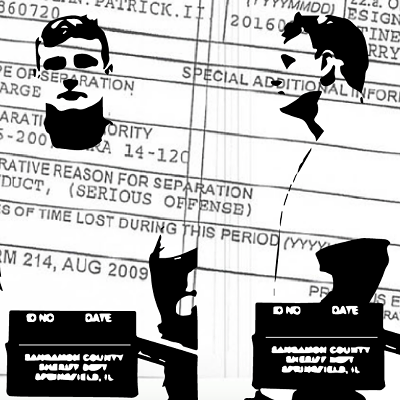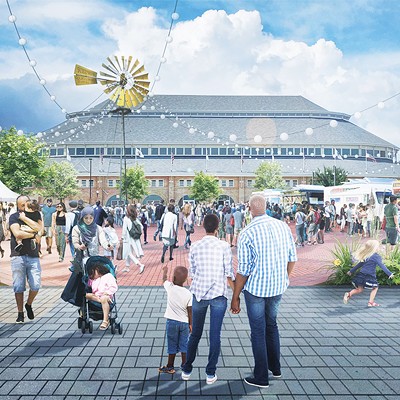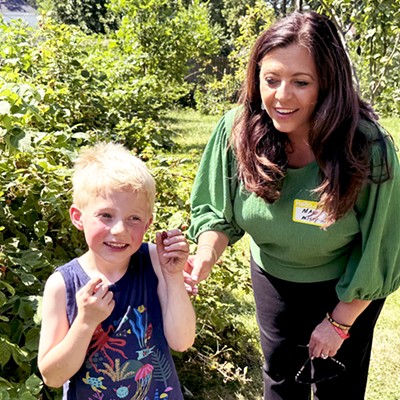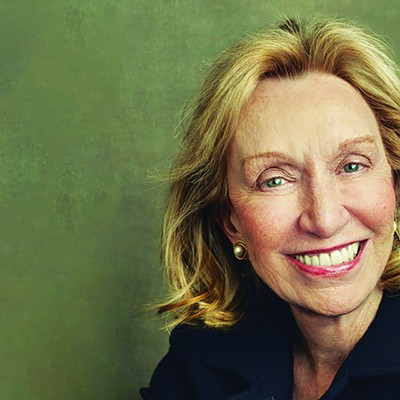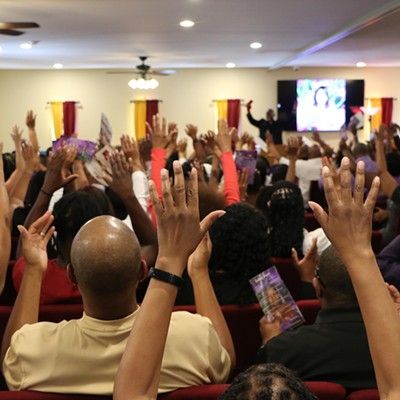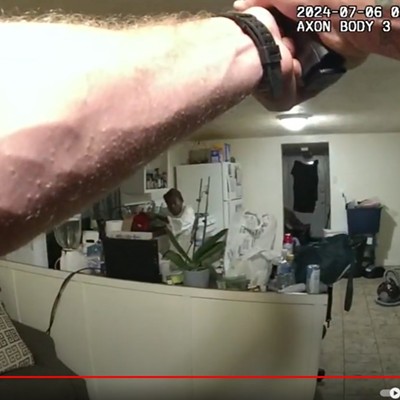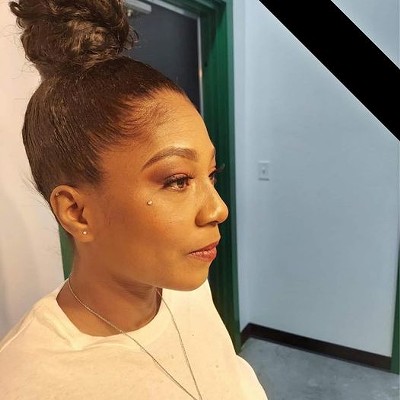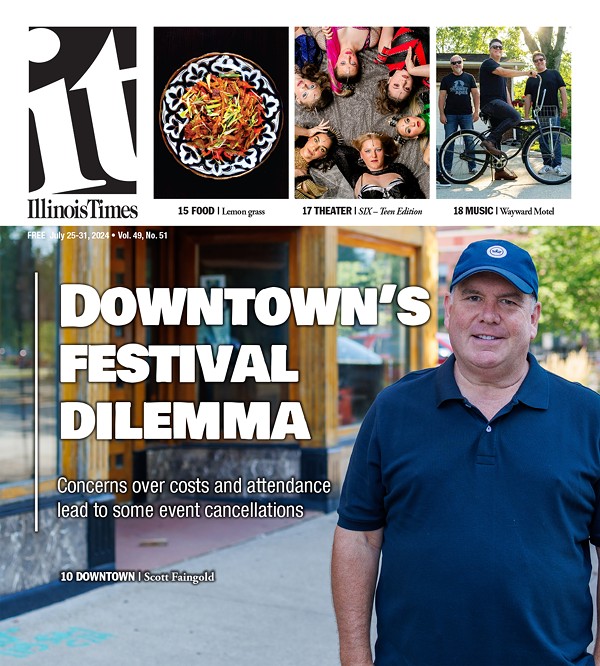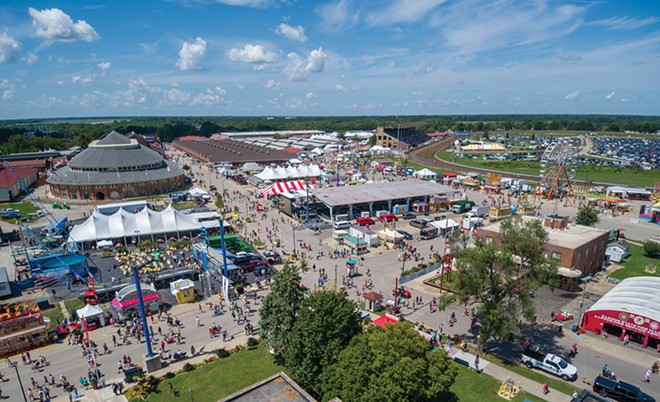
The new year is a good time to imagine new possibilities and take action to achieve positive change. The Community Foundation for the Land of Lincoln (CFLL) is doing just that, in partnership with the Illinois Department of Agriculture (IDOA), by launching a process to reimagine the Illinois State Fairgrounds. For 10 days each year, the Illinois State Fair is a beehive of activity attracting hundreds of thousands of visitors. During the other 355 days of the year, a variety of events take place at the fairgrounds, but this property on the north side of Springfield is an underutilized community asset.
The Next 10 Community Visioning Plan for Greater Springfield, released in the spring of 2021, identified renovating and activating the Illinois State Fairgrounds as a priority initiative. The CFLL, IDOA and numerous stakeholders believe there is substantial potential to increase use of the fairgrounds year-round. By developing and implementing a comprehensive plan, the goal is to make the fairgrounds a more significant economic, cultural and entertainment driver for the greater Springfield area and state of Illinois.
Covering 366 acres, the fairgrounds house 165 structures, including the Exposition Building built in 1894, the Grandstand built in 1927 to replace the original 1896 structure, the Coliseum, Dairy Building, numerous barns, a Multi-Purpose Arena constructed in 2000 and a plethora of other facilities. The headquarters for the Illinois Department of Agriculture and Illinois Department of Natural Resources are both located on the property, as well as a satellite office of the Illinois State Police. How can these resources be used most effectively year-round? What is missing? What resources are needed? What are others doing with public fairgrounds that could be deployed here?
The CFLL took the first step to answer these questions by inviting organizations with expertise in comprehensive planning for state fairgrounds to submit a proposal to develop a master plan for the fairgrounds. The plan is intended to maximize the operation and facilities of the state fairgrounds and prioritize needs and growth for the next 10 to 20 years. The National Association of Agricultural Fair Agencies assisted in identifying firms with relevant expertise. Proposals are due Jan. 17, and a contractor will be selected by early spring. Ideally, the plan will be released by the time of the August 2022 Illinois State Fair.
The CFLL is paying for the cost of the master planning process, but this is a joint initiative with IDOA. Jeremy Flynn, IDOA chief of staff, said he is pleased the CFLL is leading this initiative and says it is often difficult for state agencies to find funding for strategic planning. He looks forward to seeing what comes out of this process and cites the significance of community recognition of the uniqueness of the fairgrounds. "It is reasonable to assume that the case for additional funding will be strengthened by having a master plan," said Flynn. He also said that the timing couldn't be better since a new director of the Illinois State Fair, Rebecca Clark, was recently appointed.
The master planning process will involve direct engagement with a steering committee, the IDOA, Illinois State Fairgrounds Advisory Board, Illinois State Fair Foundation, elected officials, stakeholders and citizens in the greater Springfield region and leaders in agriculture throughout Illinois.
The scope of the project will include:
• Assessing all facilities and infrastructure on the grounds and identifying priority issues to address.
• Analyzing current and potential economic impact and providing recommendations for public, private and public/private partnership opportunities.
• Analyzing programmatic offerings and opportunities, especially outside the timeframe of the State Fair.
• Assessing undeveloped and underdeveloped lands on the grounds to identify opportunities for potential use.
• Providing recommendations related to operations to ensure long-term success and sustainability.
The north side of Springfield has been home to the Illinois State Fair since 1894. Through this master planning process, the intent is to develop a consensus-driven vision for the future of the Illinois state fairgrounds that maximizes this unique community asset. Public engagement will be a key component of the process, involving state fairgrounds stakeholders, neighboring residents, citizens of the greater Springfield area, members of Illinois' agricultural community and others with a vested interest in the fairgrounds.
Karen Ackerman Witter is a frequent contributor to Illinois Times. She grew up in Springfield and has fond memories going to the Illinois State Fair, including seeing The Who open for The Association, her favorite band at the time. She looks forward to seeing the results of this master planning process and what it will do for the future of Springfield.



